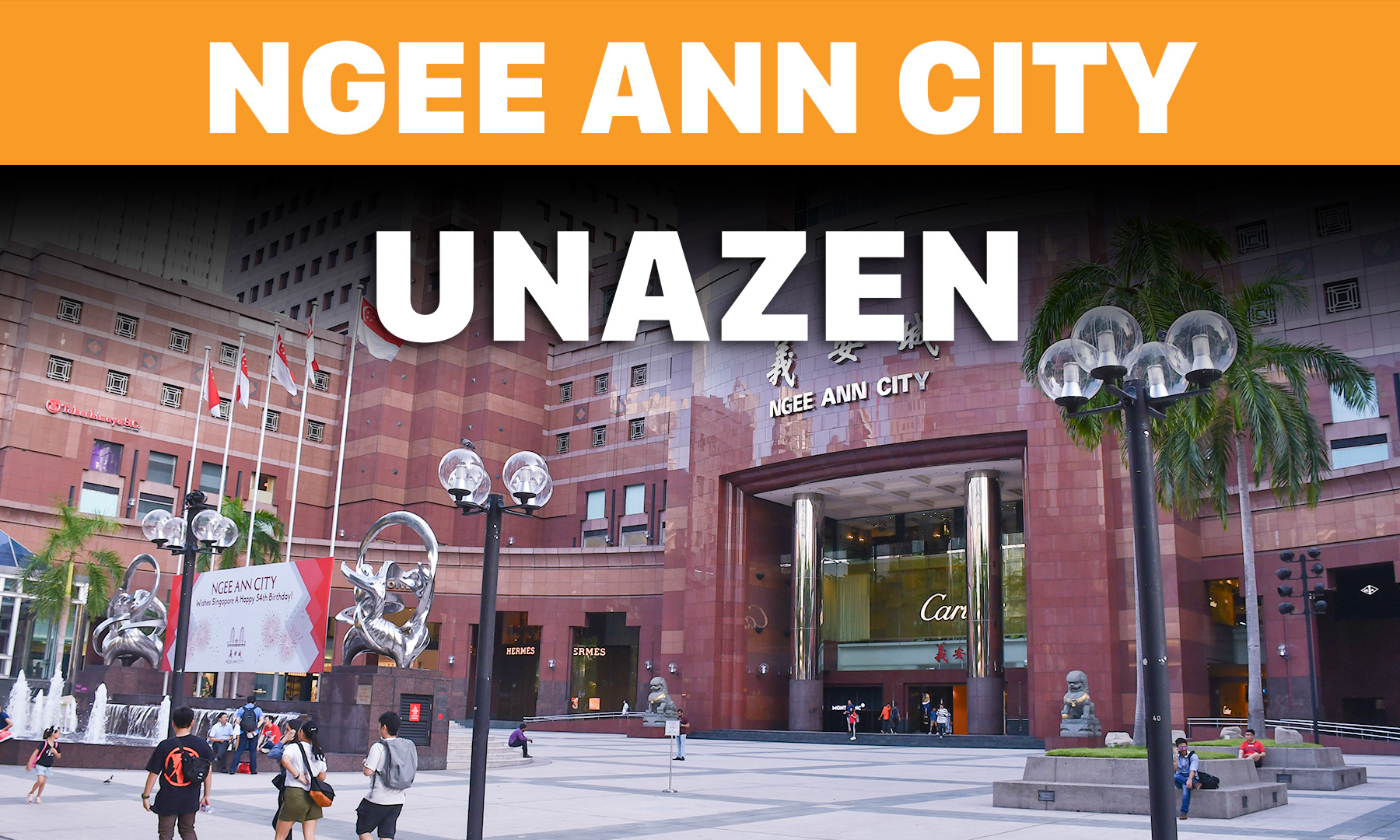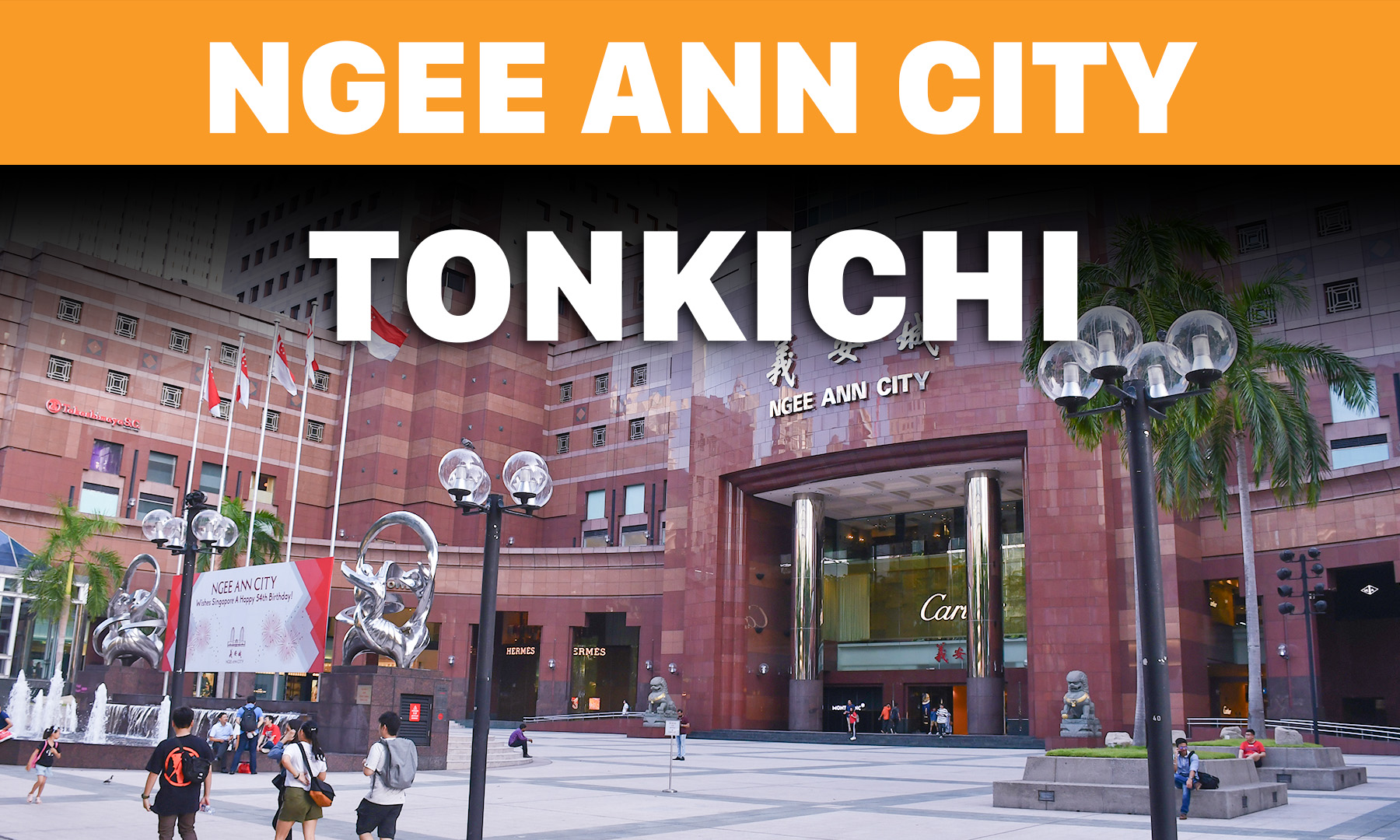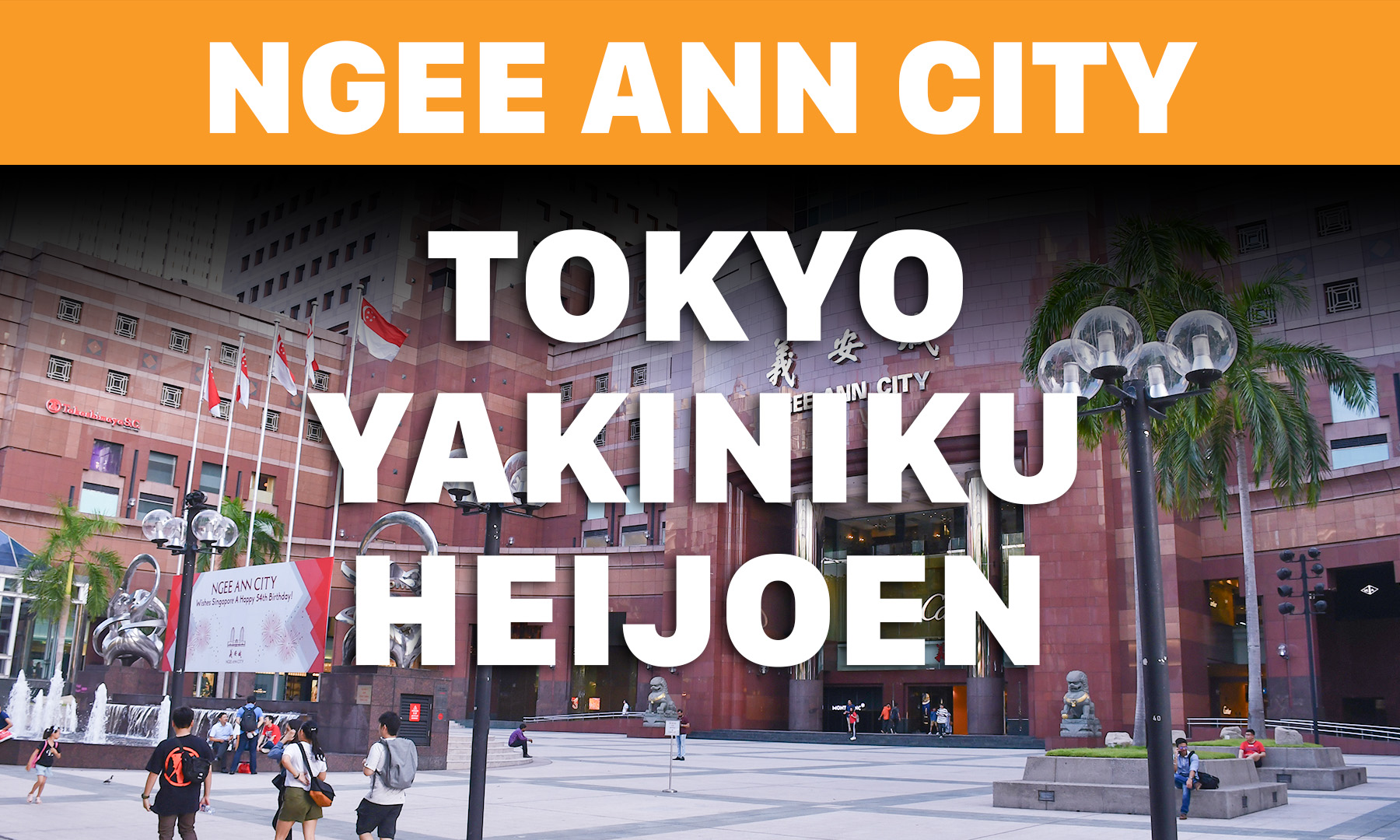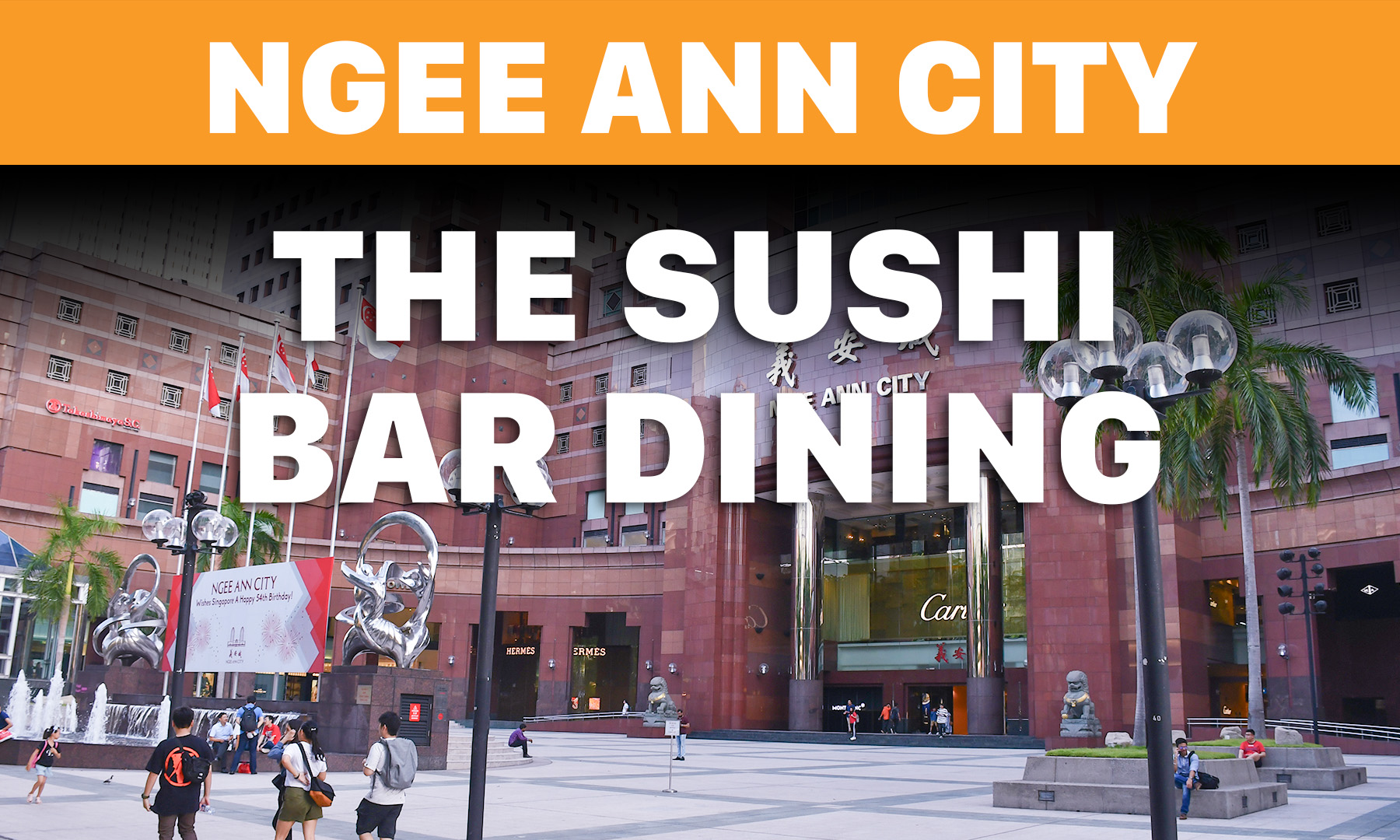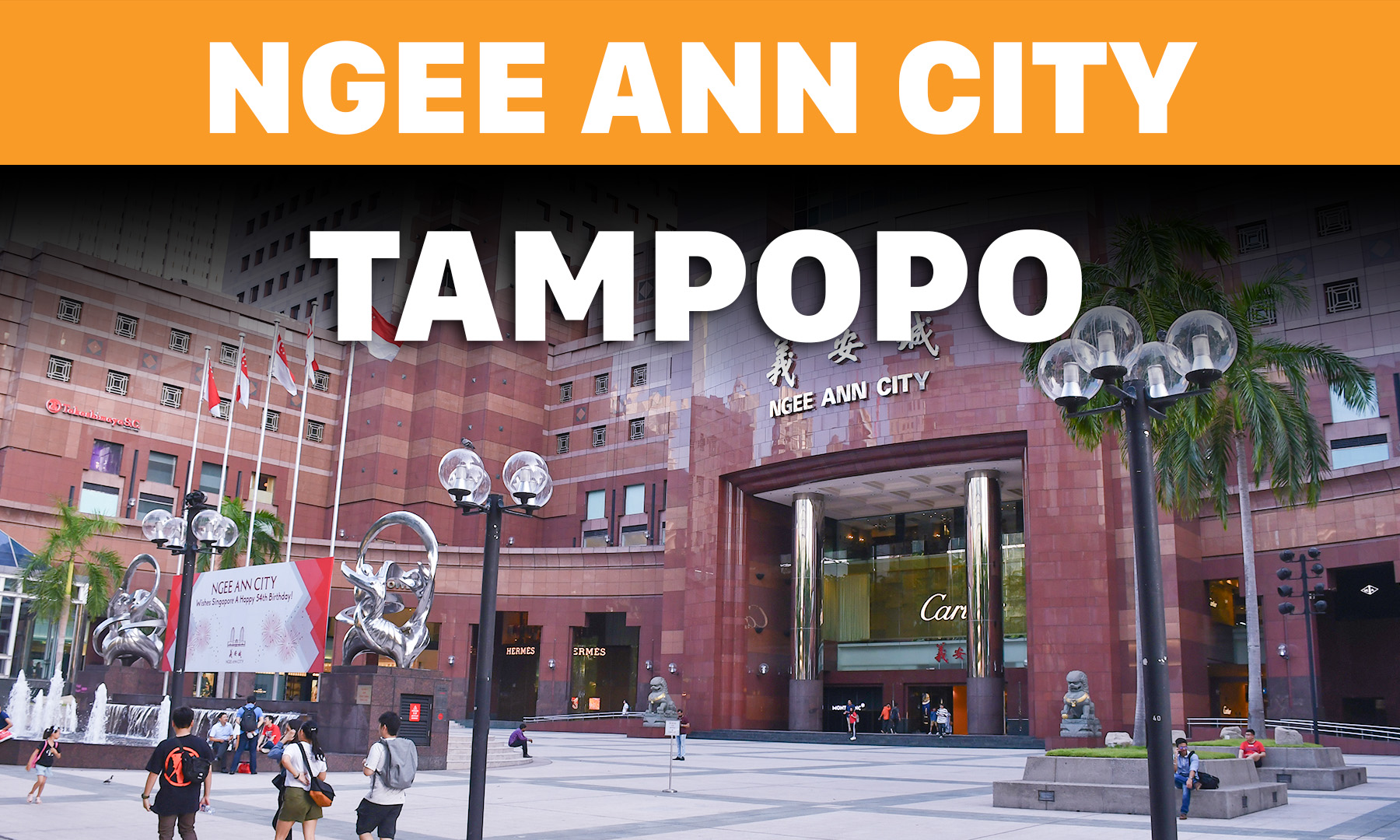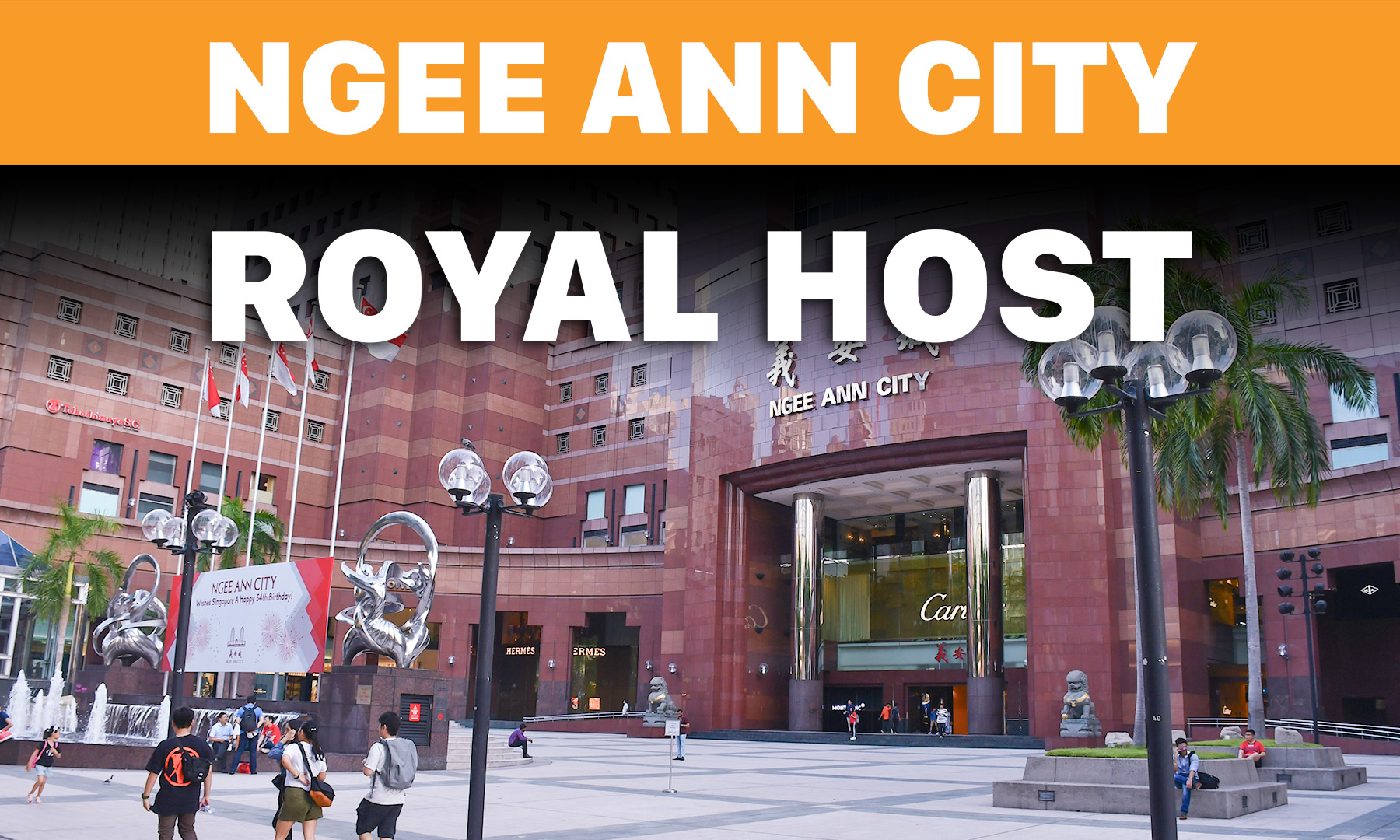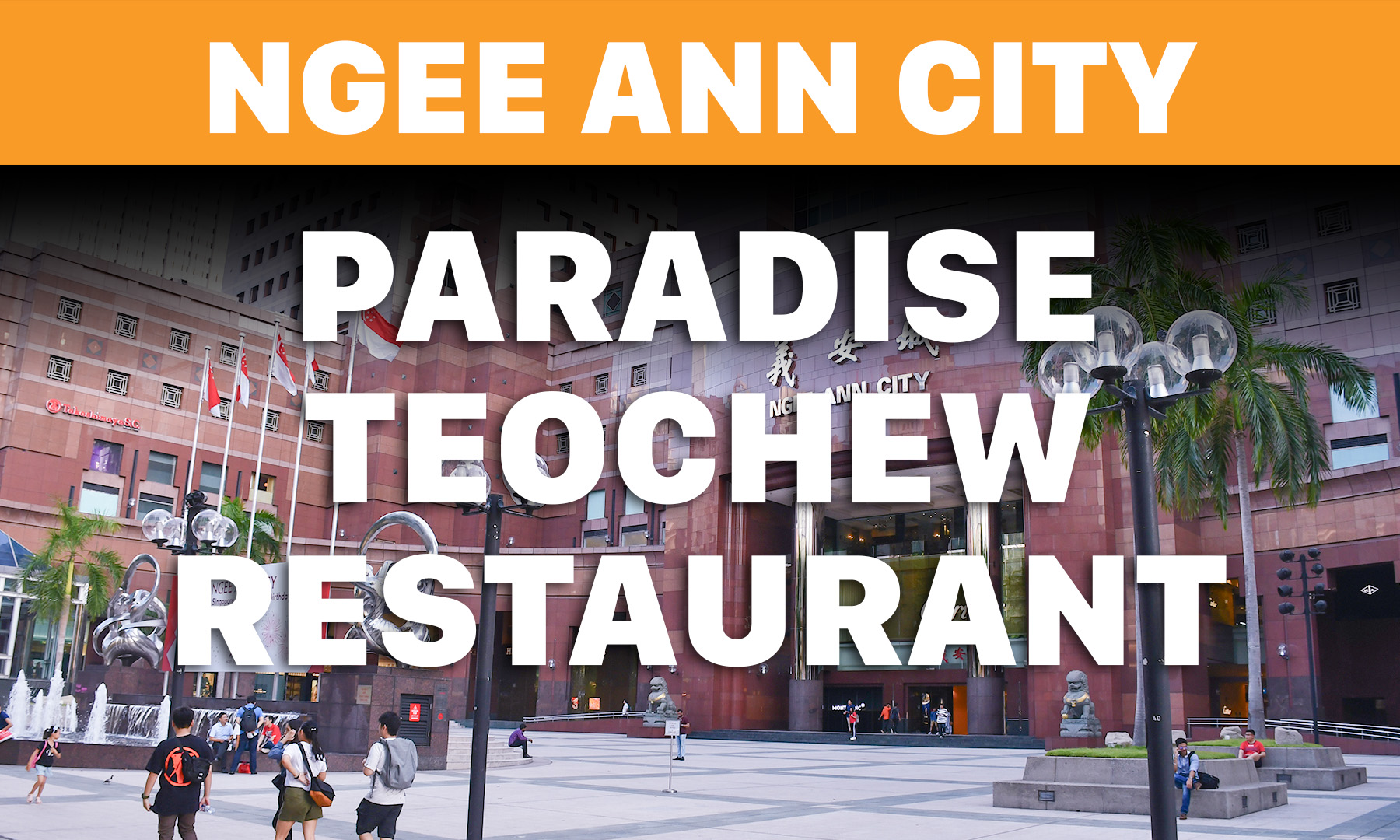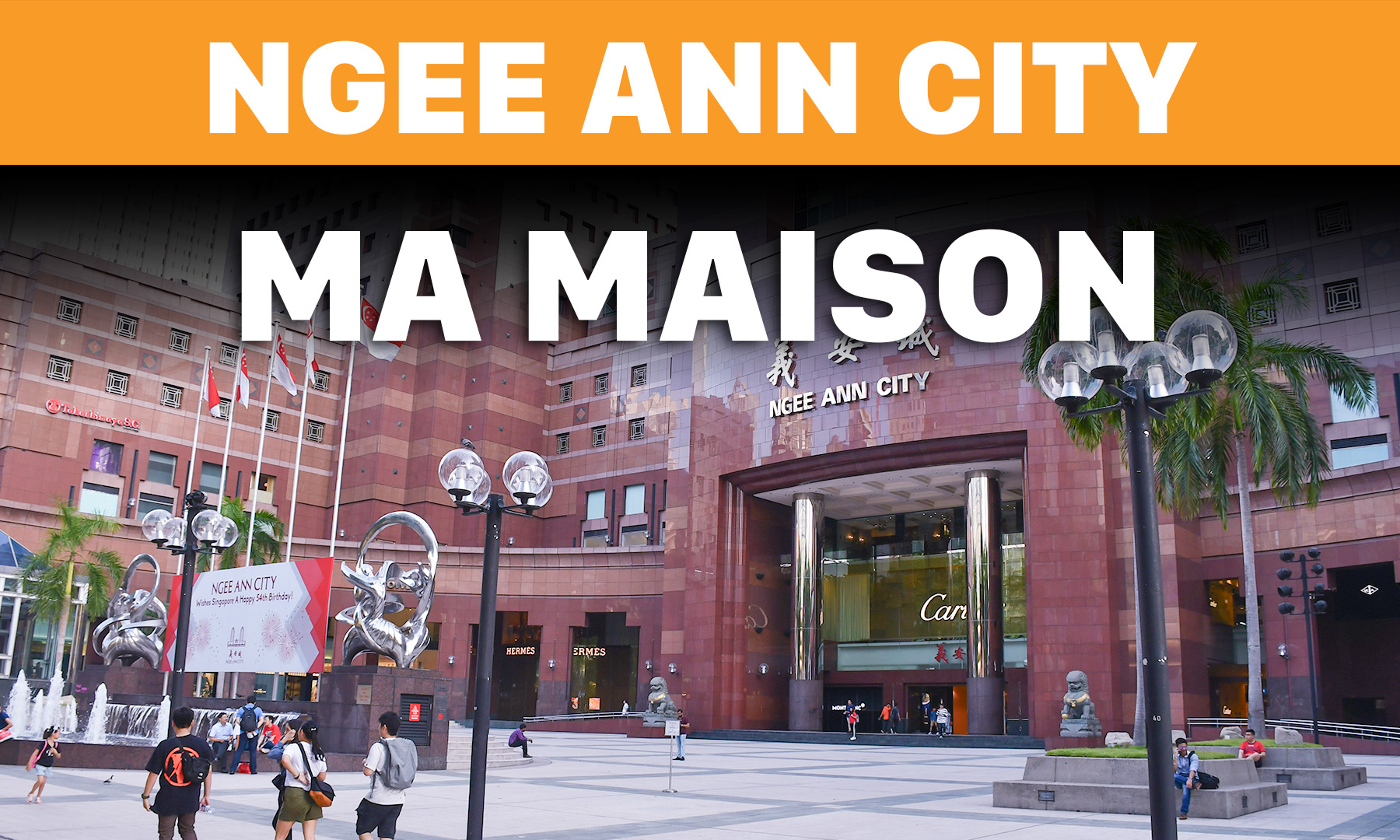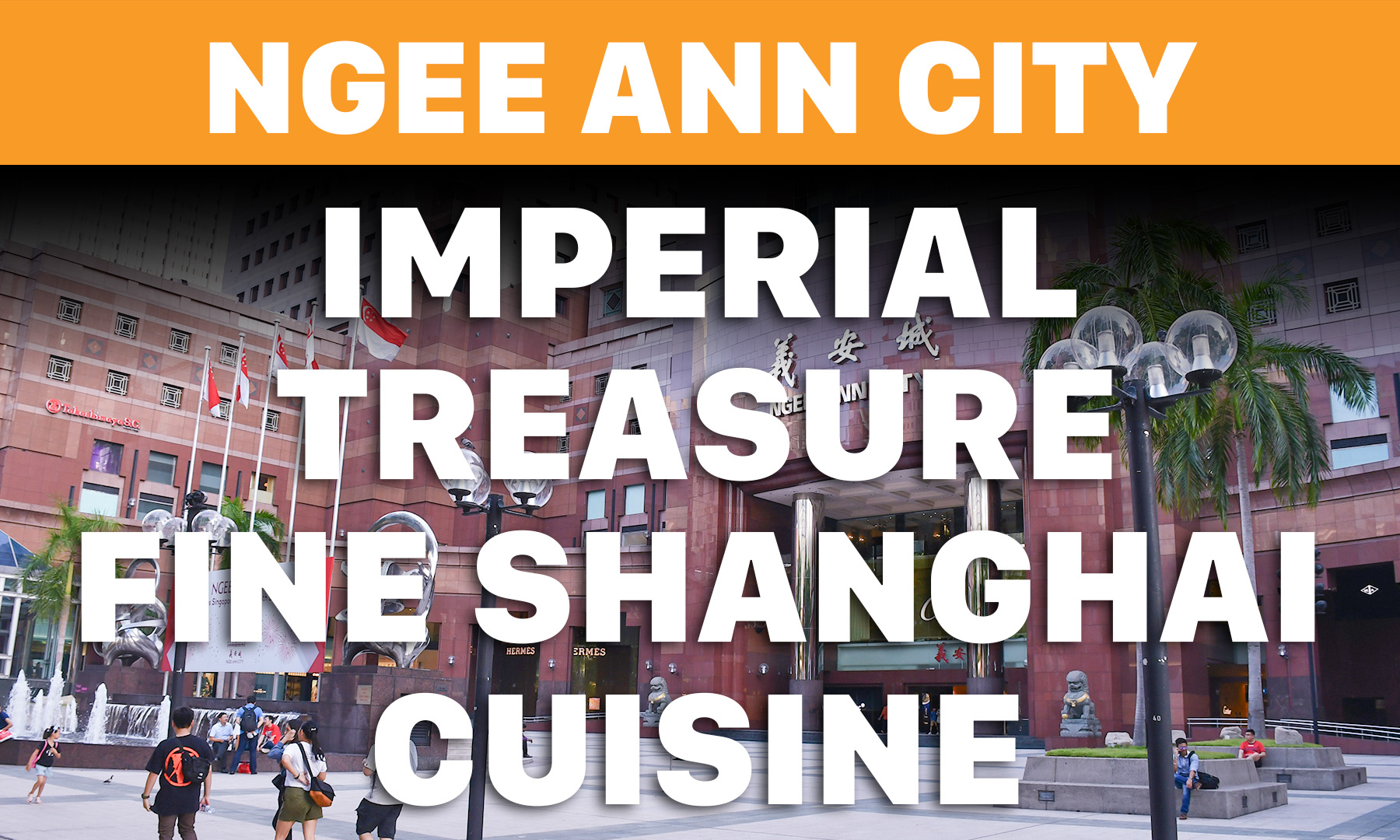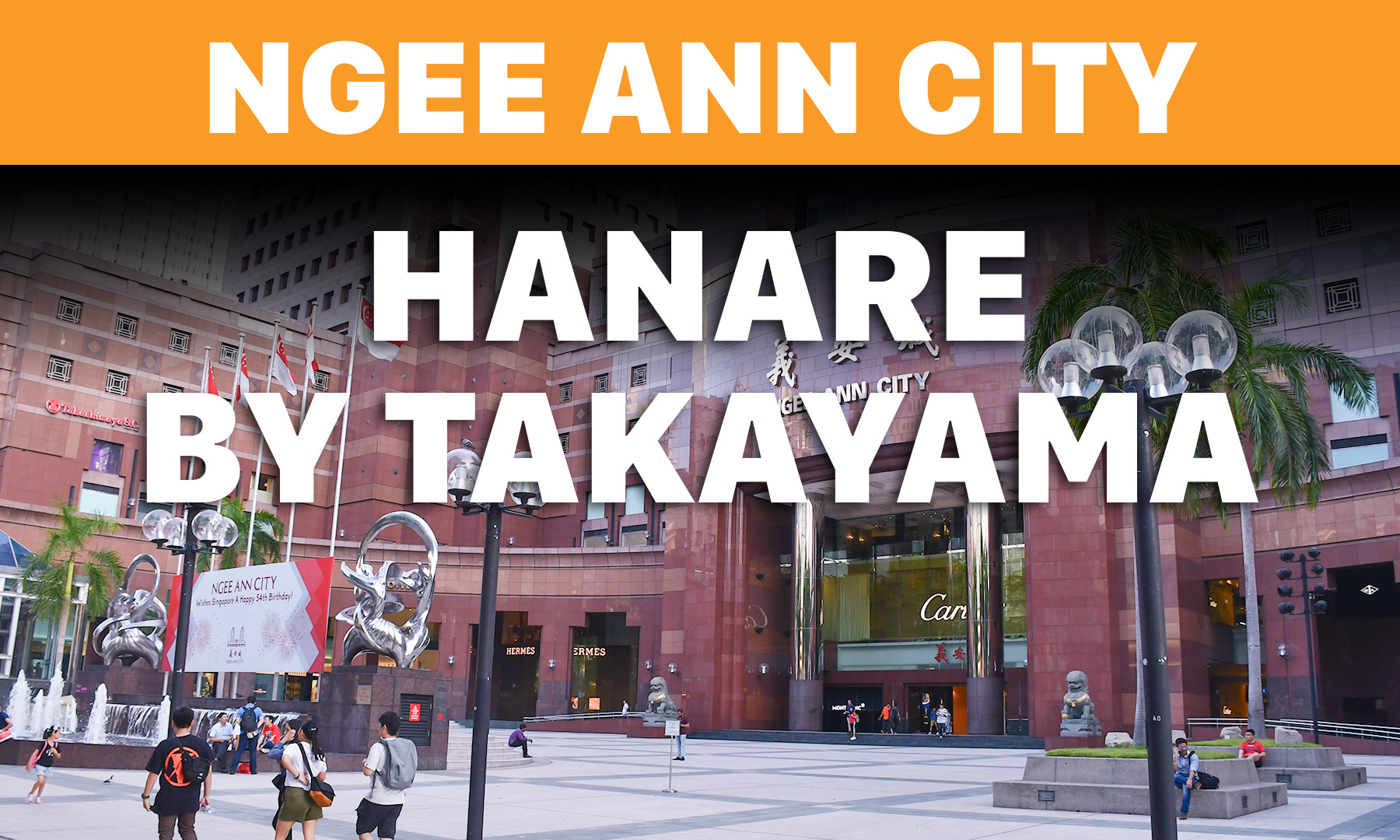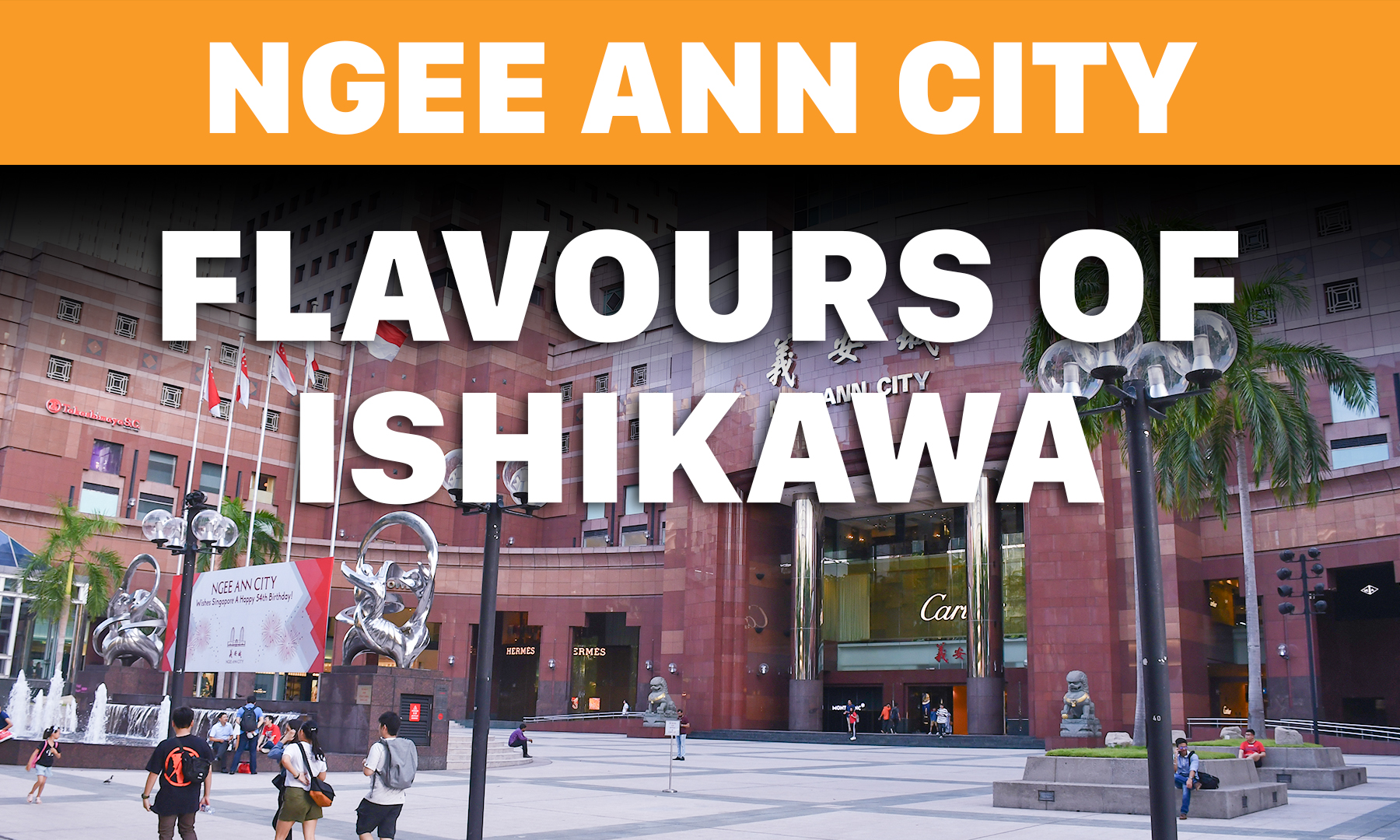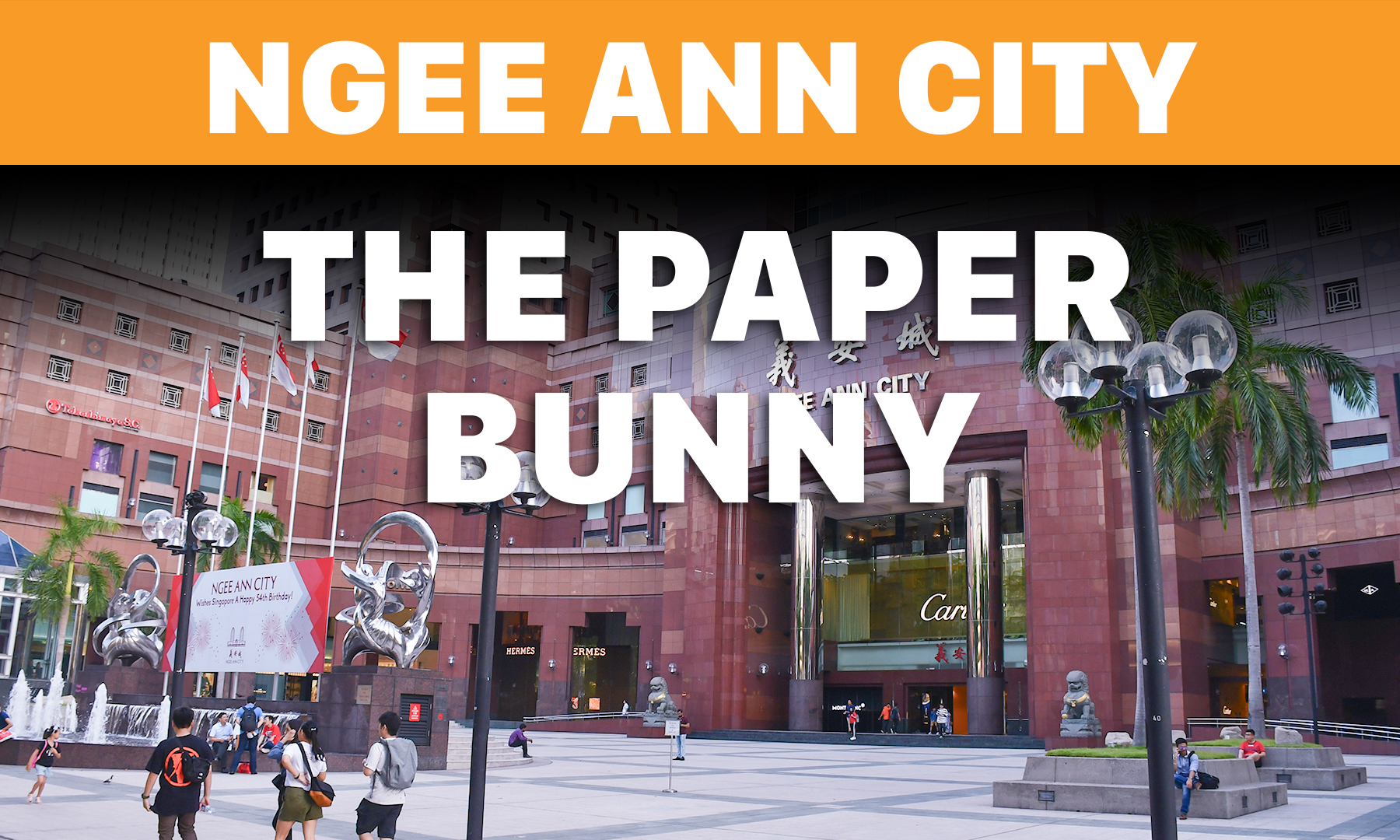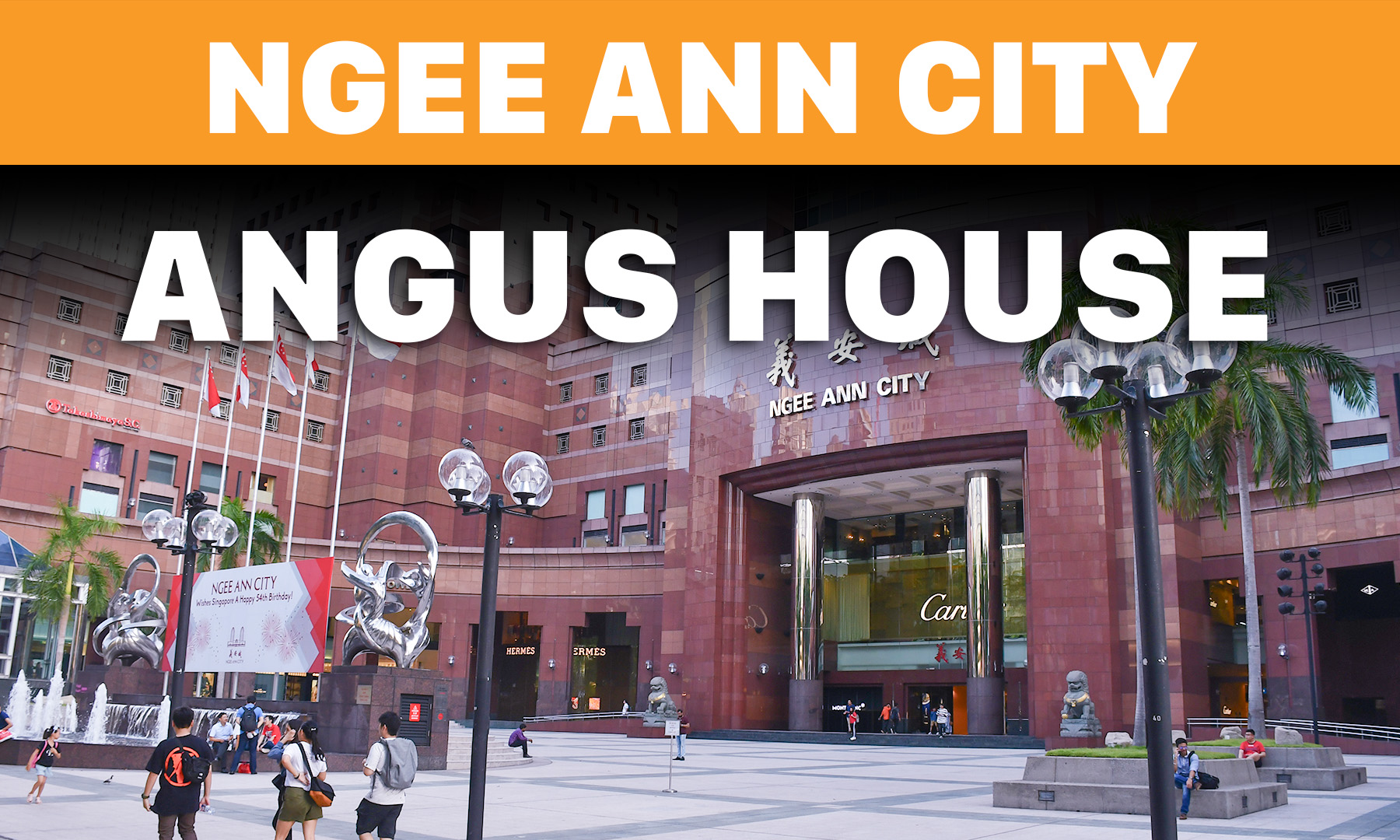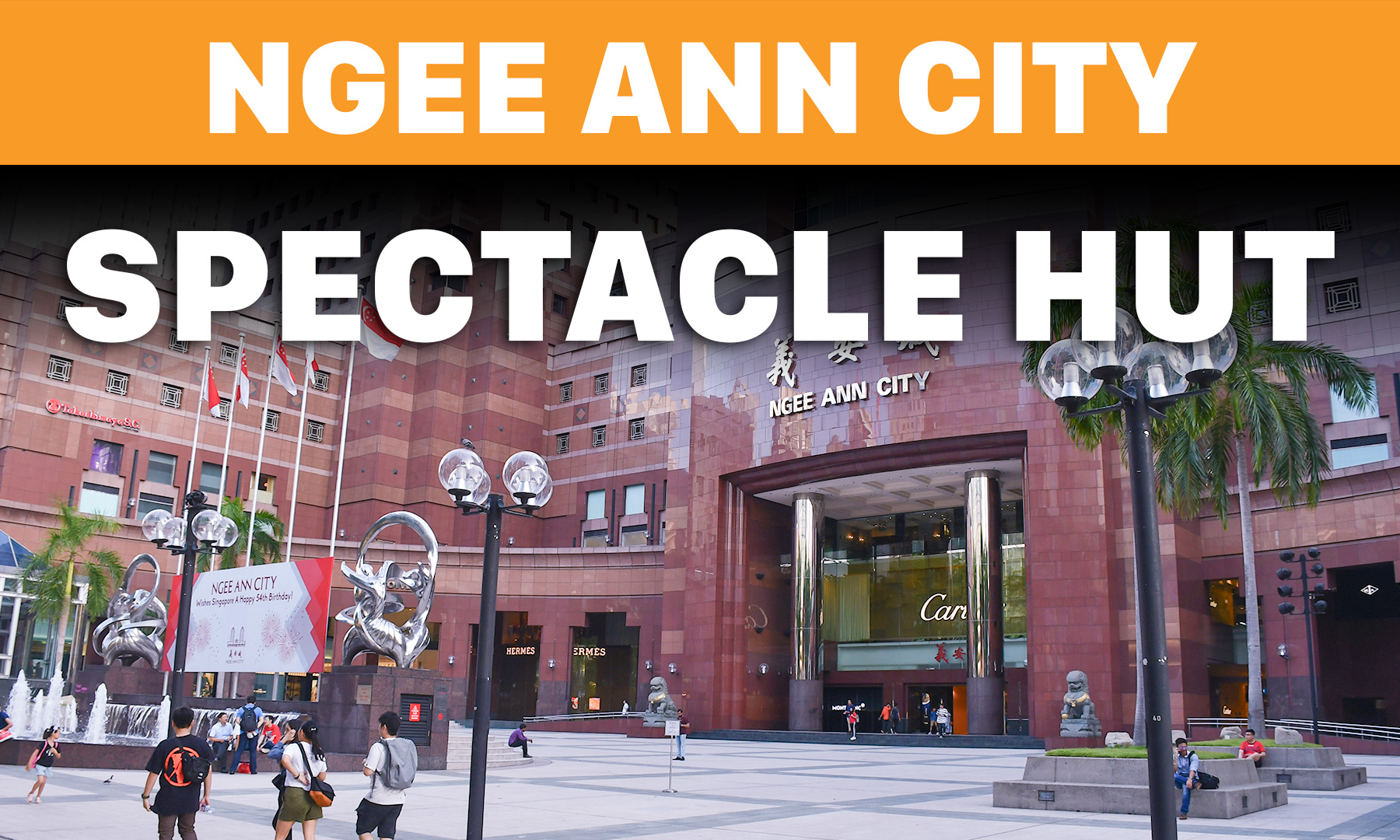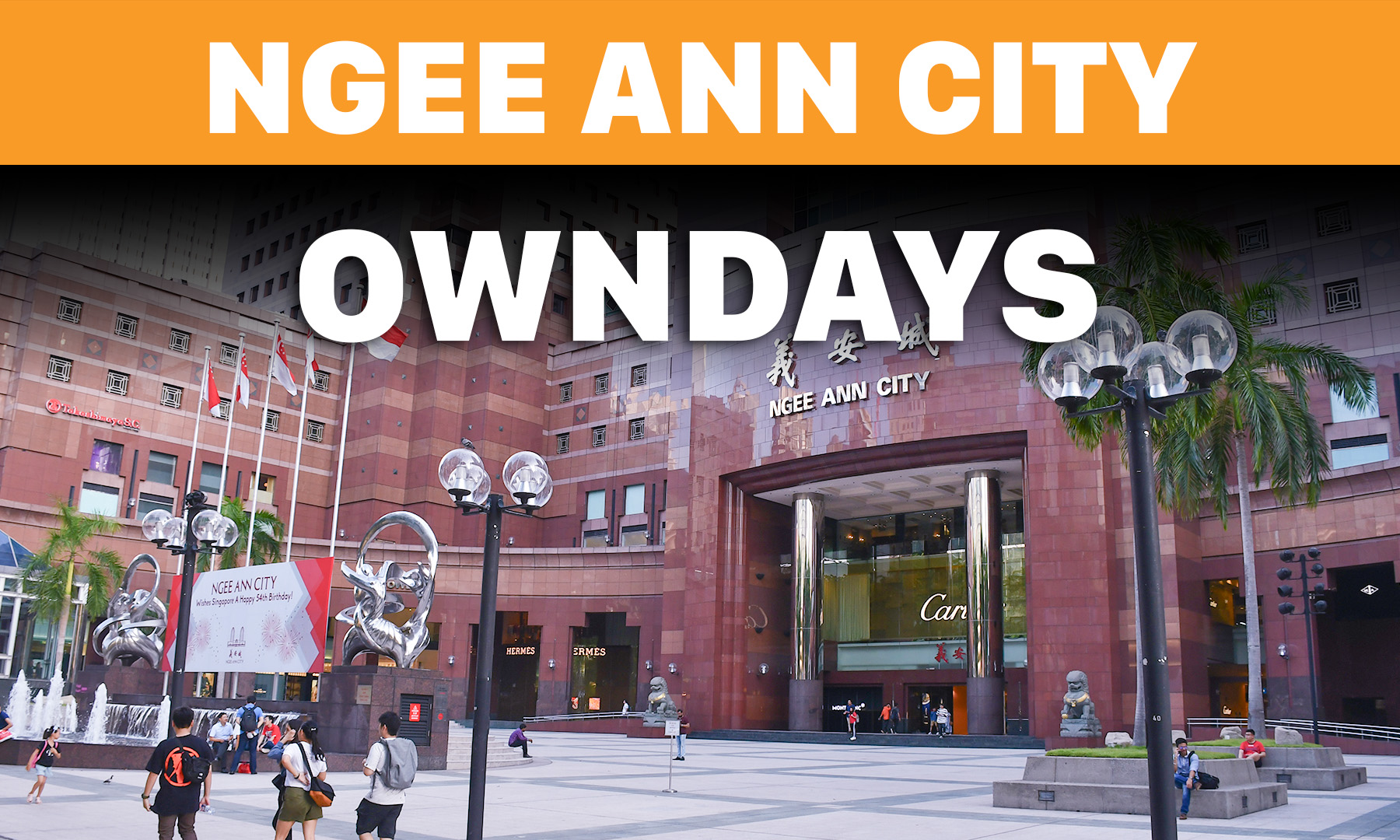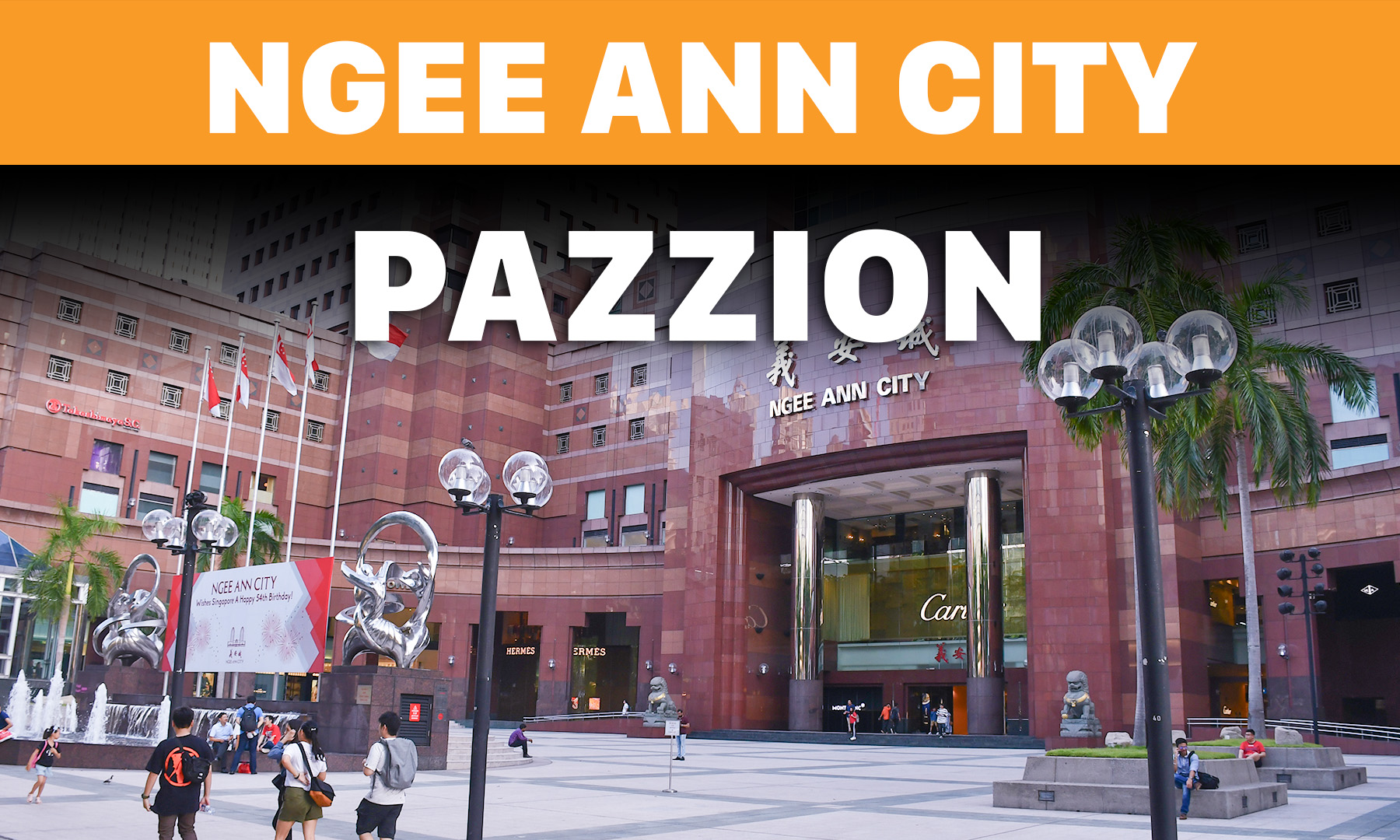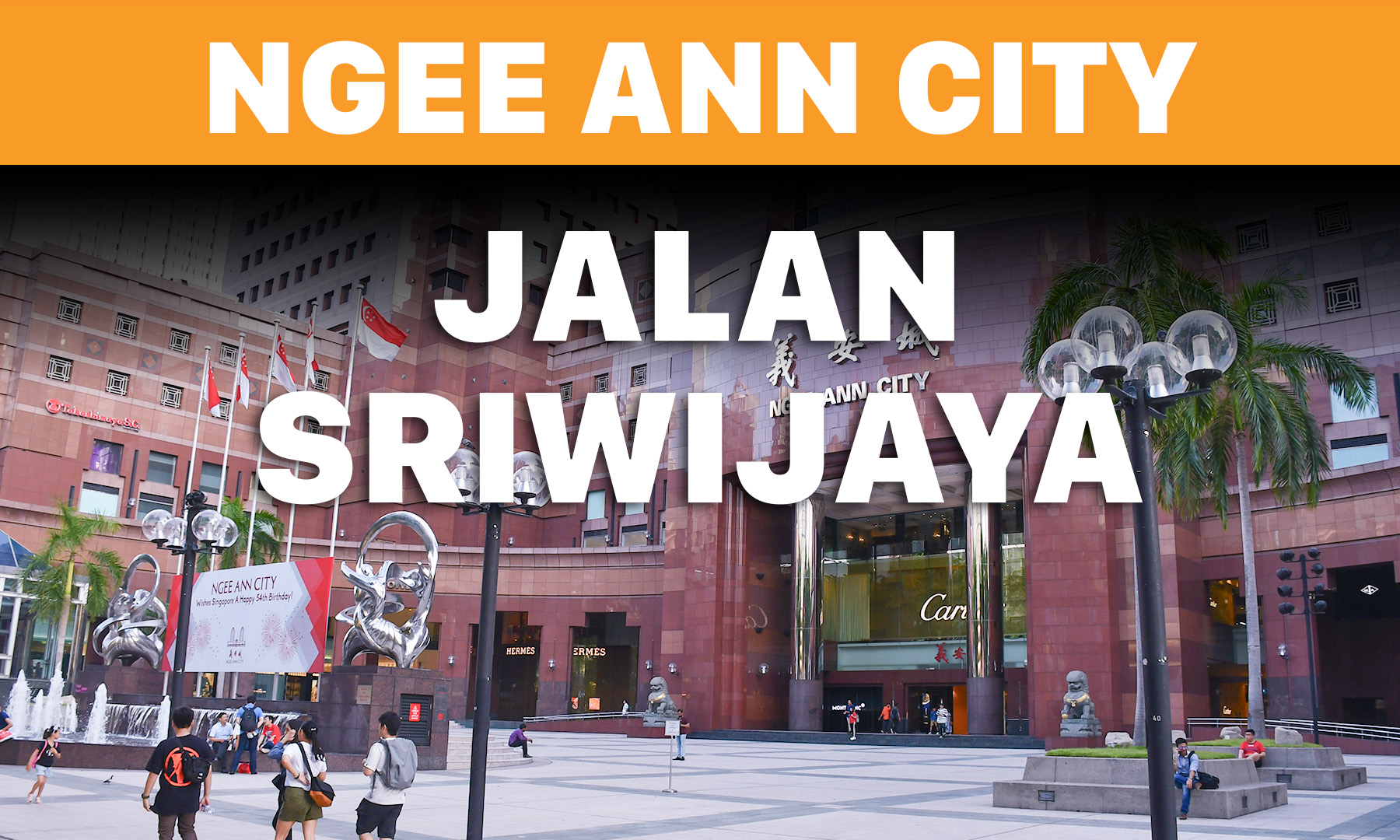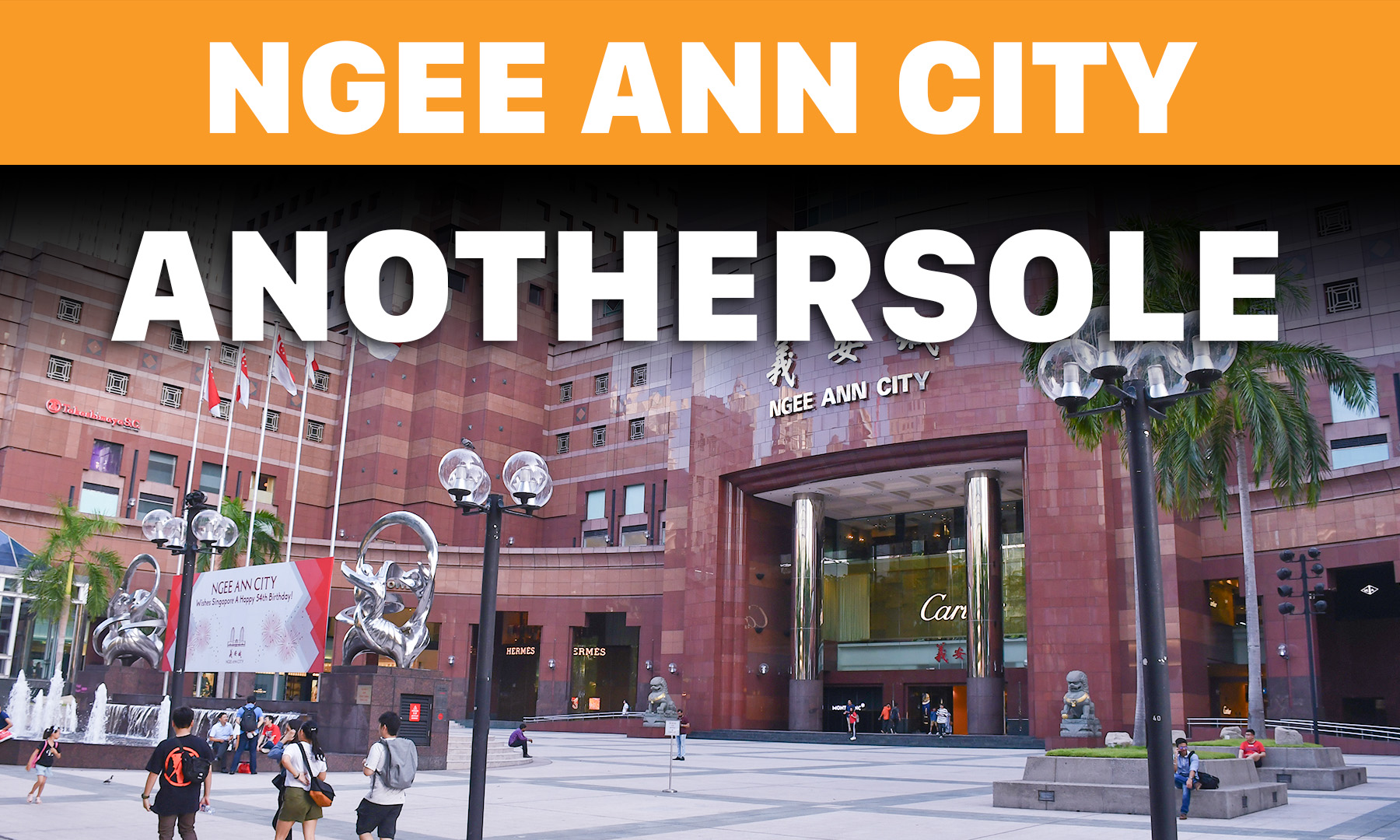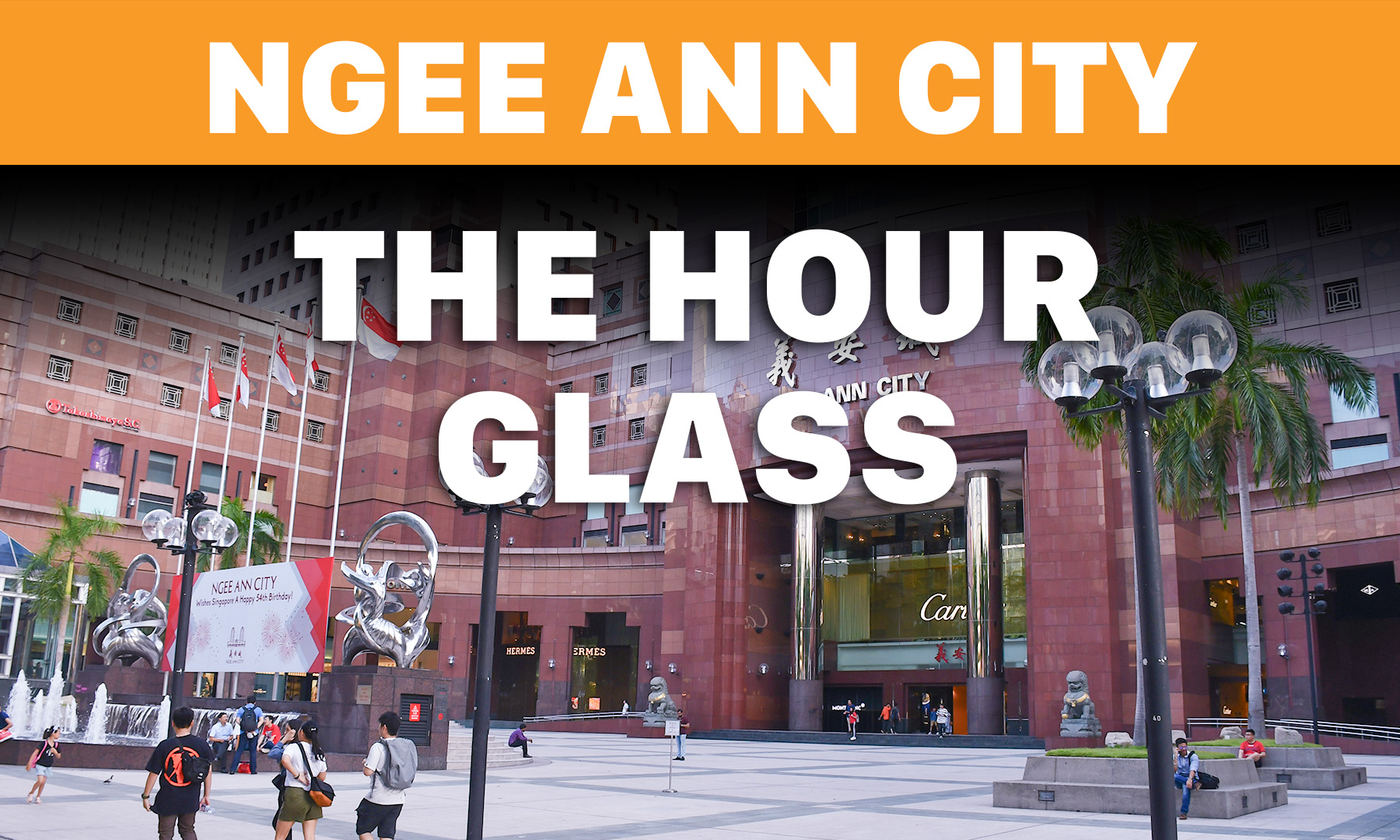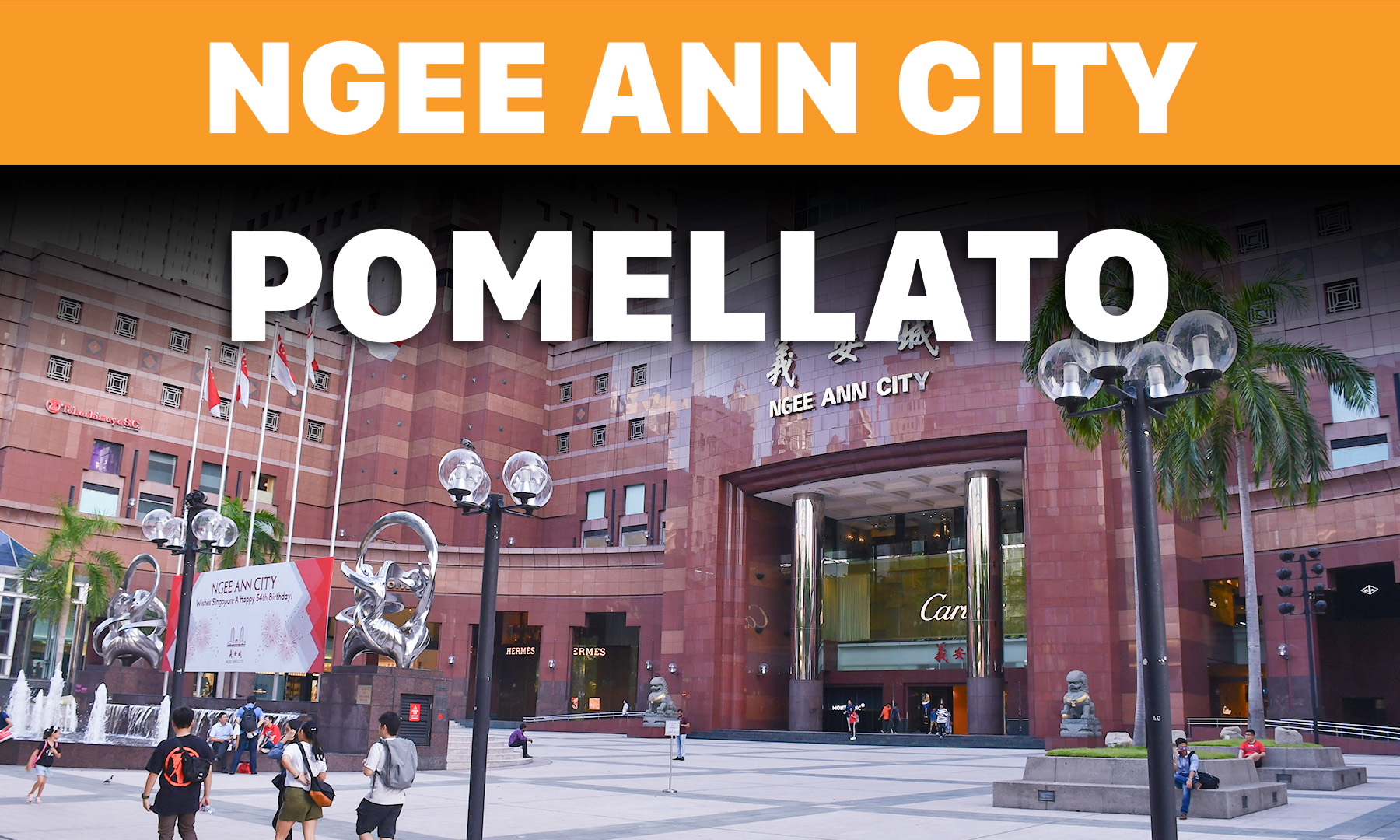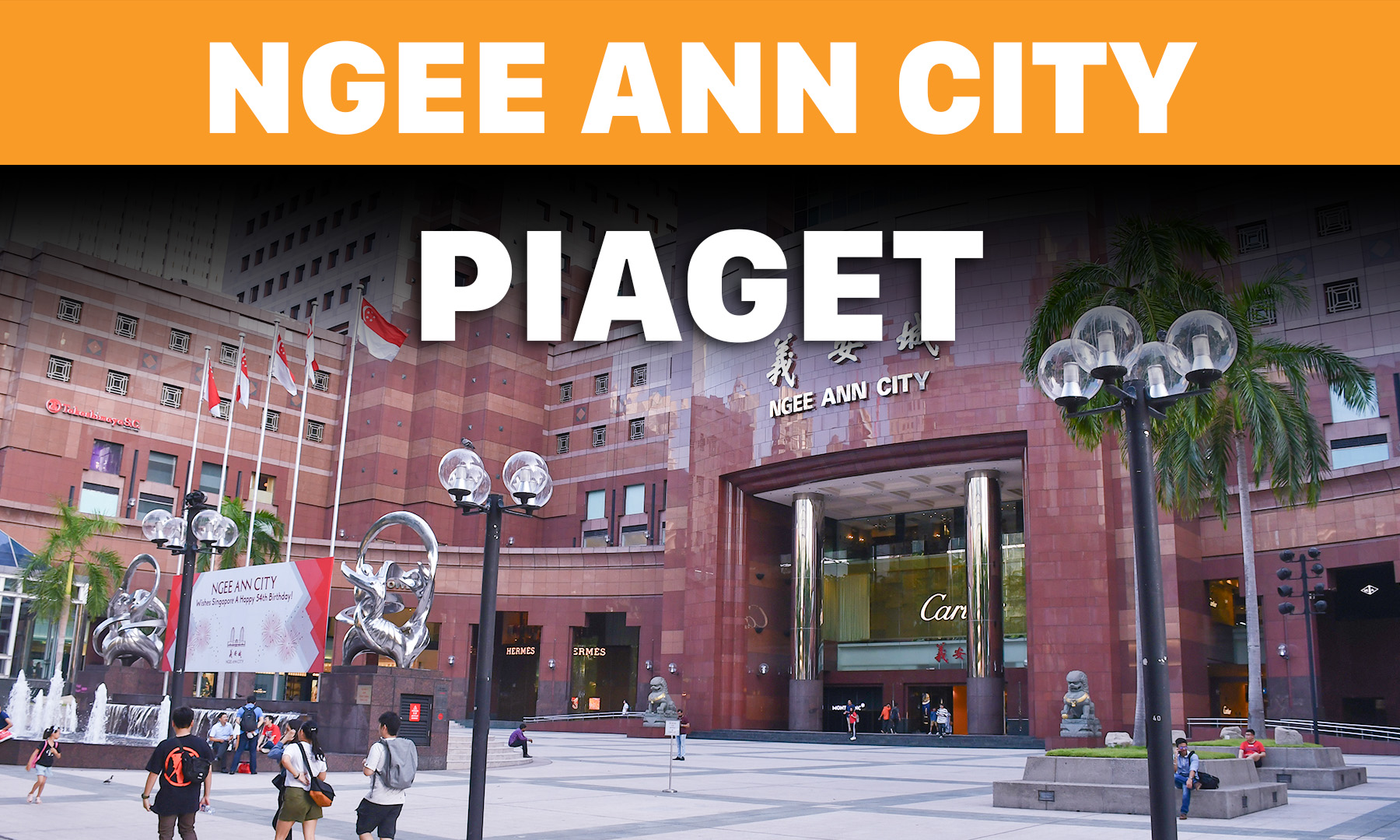Fort Canning Park: A history and heritage gem

History of Fort Canning Park
The history of Fort Canning Park can be traced back to the 14th century, when it was the site of a Malay palace known as Bukit Larangan (Forbidden Hill). The palace was the residence of the Malay sultan, and it was also the center of government for the island of Temasek (the former name of Singapore).
In 1819, Sir Stamford Raffles, the founder of modern Singapore, landed on Temasek. He was impressed by the strategic location of the island, and he decided to establish a British trading post there. Raffles chose Bukit Larangan as the site for his new headquarters.

Raffles built a bungalow on Bukit Larangan, and he also renamed the hill Fort Canning in honor of Charles John Canning, the Governor-General of India. Fort Canning quickly became the center of British power in Singapore.
In the 1860s, the British built a fort on Fort Canning Hill. The fort was designed to protect Singapore from attack, but it was never used in battle. In the early 20th century, the fort was converted into a military base.

During World War II, Fort Canning was used as a headquarters by the British military. However, Singapore fell to the Japanese in 1942, and Fort Canning was captured by the Japanese army. The Japanese used Fort Canning as a military base during their occupation of Singapore.
After the war, Fort Canning was returned to the British government. The British military continued to use Fort Canning until the 1970s, when it was handed over to the Singapore government.
In the 1980s, the Singapore government began to develop Fort Canning Park. The park was opened to the public in 1981.

Things to see and do at Fort Canning Park
Fort Canning Park is a great place to learn about the history of Singapore. There are a variety of ruins and monuments located throughout the park, including:
Battlebox

This underground bunker was used by the British military during World War II. It is now a museum that tells the story of Singapore's fall to the Japanese in 1942.
Fort Canning Green

This former burial ground is now a popular spot for picnics and events. It is also home to a number of historical monuments, including the Fort Canning Cenotaph and the Armenian Church of St. Gregory the Illuminator.
Spice Garden

This garden is home to a variety of spices and herbs, including ginger, turmeric, and lemongrass. You can also learn about the traditional uses of these plants.
Keramat Iskandar Shah

This shrine is dedicated to Iskandar Shah, a Malay prince who is believed to have founded Singapore in 1299.
Fort Canning Tree Tunnel

This tunnel is made up of a variety of trees that have grown together to form a canopy overhead. It is a popular spot for taking photos and enjoying a bit of shade.
In addition to its historical significance, Fort Canning Park is also a beautiful place to enjoy the outdoors. The park is home to a variety of gardens, including the Fort Canning Hilltop Garden, the Fort Canning Spice Garden, and the Fort Canning Tree Tunnel. The park also offers stunning views of the city skyline.
Fort Canning Park is a popular spot for a variety of events, including concerts, festivals, and exhibitions. The park is also a popular spot for weddings and other special occasions.
Fort Canning Park




























































